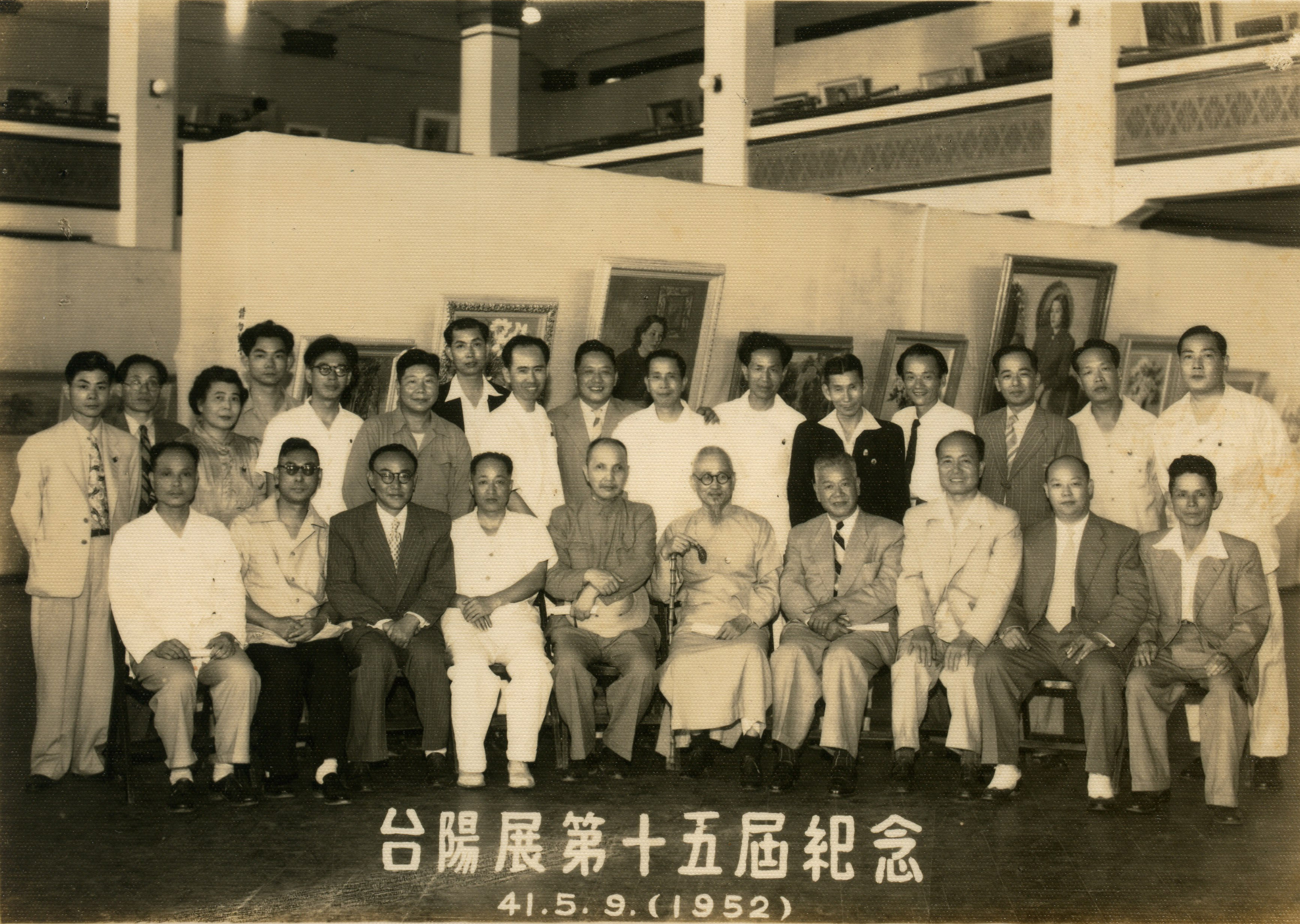|
Yang Yun-ping (1906-2000)’s real name was “Yang Yo-lian”. He published an article on the “Taiwan People Daily” in 1924 with a name "Student Yunping from Shilin ", and after that, he was known by that name. Be taught by his grandfather, Yang Yong-lu, from an early age, he developed a strong foundation for Sinology. Finishing education at the Pachilan public school (now the Shihlin Elementary School) and the junior agriculture school, he passed the entrance test of the Taipei First High School of Taipei State (now the Taipei Municipal Jianguo Senior High School) and was one of two Taiwanese students in that school. He worked with his friend, Jiang Mong-bi, to organize the "Everyone" in 1925, which was the first vernacular literary magazine in Taiwan. Yang Yun-ping went to Japan and studied at the Institute of Japanese Culture in 1926. He was mentored and encouraged by Kawabata Yasunari and Kan Kikuchi, and that lay basis not only for his concept of literature and art but also his creative style. He returned to Taiwan in 1933 and began to do research on history of the South Ming Dynasty, Taiwan history and culture, also served as a editor for several journals, such as the "Arts in Taiwan" and the "Folklore in Taiwan". After the World War II, Yang Yun-ping was employed by the Institute for Compilation and Translation of Taiwan Province in 1946. He had taught history of the South Ming Dynasty and Taiwan history at National Taiwan University for more than 40 years, and retired in 1991. Moreover, he also participated in editing the "Taiwan's scenery" Journal, serving as a consultant at the Committee of Archives, and took part in the activities organized by the Lin Ben-yuan Foundation of Chinese Culture for many years. Generally speaking, he made great contributions to promote research on Taiwan. |
 |



